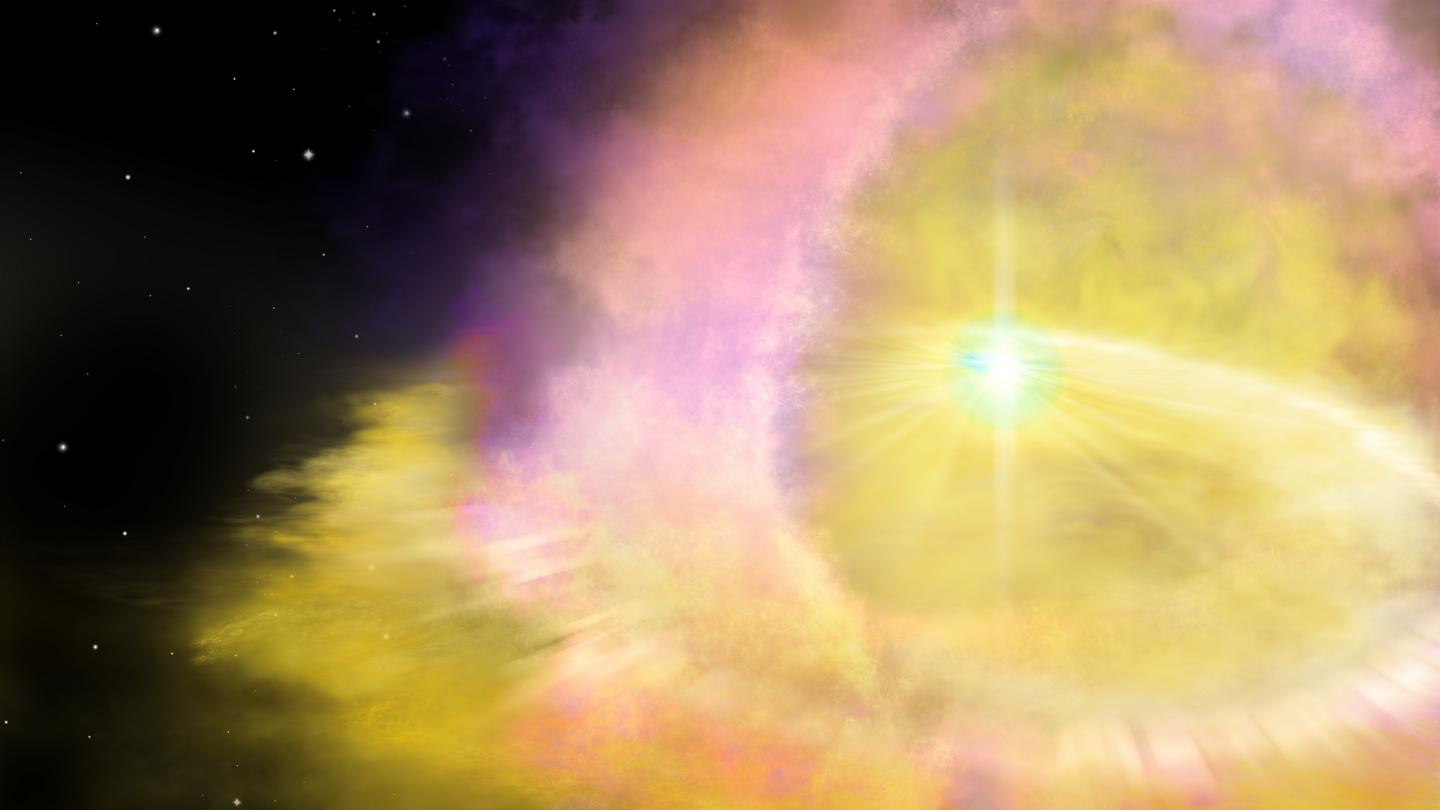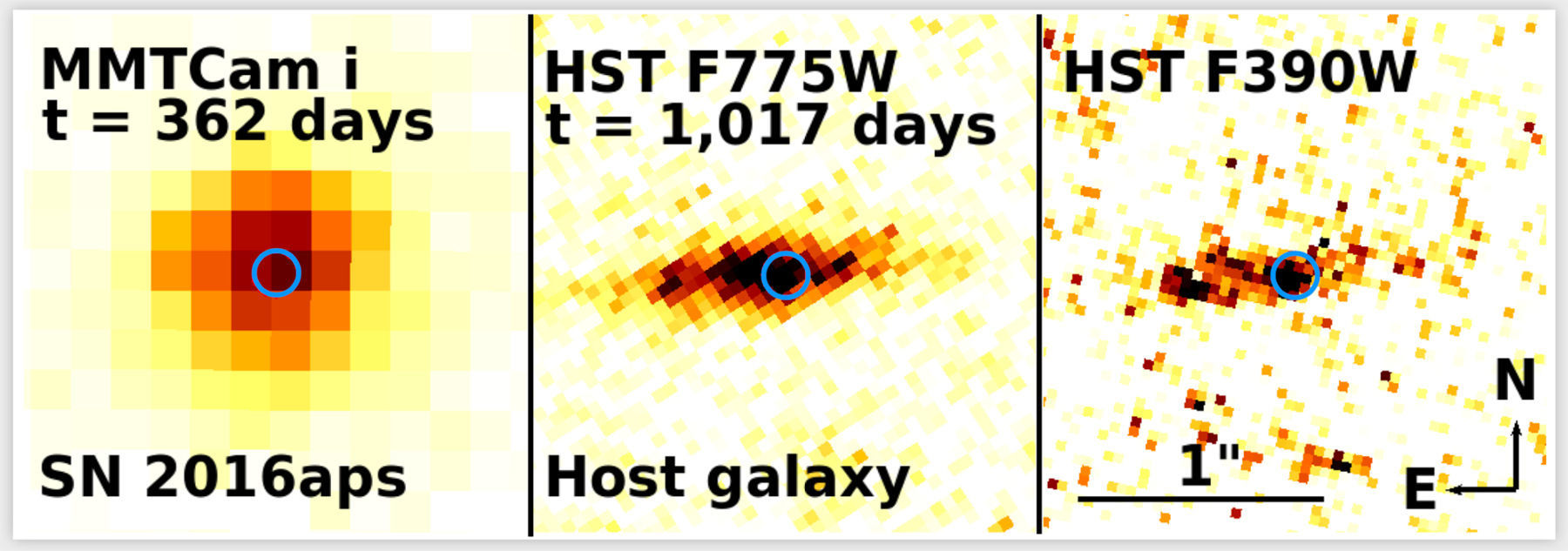Searching for the super supernova
A supernova is a powerful explosion at the end of the life of many stars. All massive stars with an initial mass greater than eight solar masses will eventually be torn apart by a supernova, but that fate also awaits smaller stars that are unlucky enough, after their actual end as a white dwarf, to accrete more material from a partner star, with which they form a binary system. Without supernovae, there would be no life, because it’s the only way heavy elements can be spread around the cosmos.
On the whole, this process is understood. Particularly energetic supernovae, however, still attract the attention of astronomers, because some of them are still hiding a few secrets. One of these is pair-instability supernovae, which can involve stars that are greater than 64 solar masses and are particularly poor in elements heavier than helium, or stars greater than 140 solar masses, if these are normal main-series stars of the current generation. These supernovae tear apart the star completely, there’s not even a black hole left – thus, they also produce a lot of energy. The term “pair instability” comes from the fact that, in these stars, temperature (billions of degrees) and density are so high that photons from gamma radiation produced by fusion are transformed into electron-positron pairs. This, however, reduces the radiation pressure, and the star collapses on itself like air being let out of a balloon.
So you can imagine how excited a team of astronomers were to find a supernova that, according to an article in Nature Astronomy, is the highest energy supernova yet discovered. Don’t worry, there’s no risk of danger to Earth; the event, named SN 2016aps, was recorded on February 22, 2016 and is located 3.6 billion light-years from Earth – that is, 3.6 billion years ago, when the Earth was still uninhabited. The explosion had one unusual characteristic: it emitted five-times more energy in the form of light than would actually be expected. Normally, a supernova gives off only a hundredth of its total energy as light. At the peak of the explosion, it was about 100-billion-times brighter than our Sun, which corresponds approximately to the total brightness of the entire Milky Way.
The astronomers were able to show that this additional light source had a cause: the force of the explosion must have collided with a previously ejected gas shell. That would be typical for a pair-instability supernova. But that’s not all. The explosion’s spectrum included large amounts of hydrogen. A star undergoing a supernova, however, would have already consumed its hydrogen a long time before that. So where did the fresh hydrogen come from? The astronomers have an explanation for that too: the exploded star must have merged with a younger, not as heavy star not long before the supernova. Then their combined mass triggered the pair-instability supernova.

